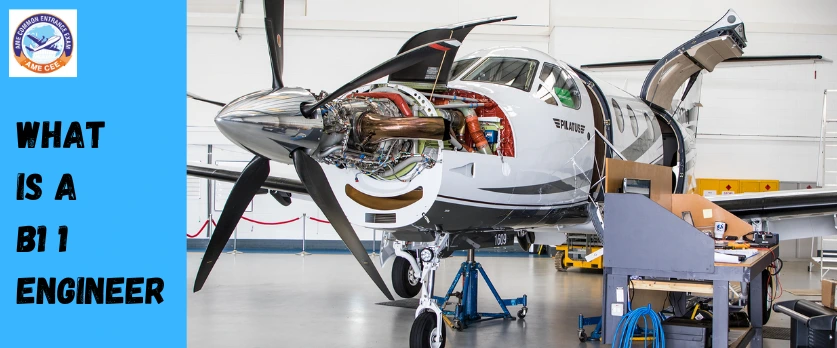The B1.1 engineer designation is related to aircraft maintenance licenses issued by aviation authorities, and its meaning can vary between different regulatory bodies. Here’s an explanation in the context of the Directorate General of Civil Aviation (DGCA) in India and the European Aviation Safety Agency (EASA) in Europe:
DGCA (India)
In India, the DGCA issues licenses for Aircraft Maintenance Engineers (AMEs) based on the CAR-66 regulations. Under CAR-66, the license is categorized into various subcategories, and the B1.1 license is specific to aircraft with turbine engines. Here’s a breakdown:
B1.1 License (DGCA)
Allows the holder to certify the release to service of an aircraft or its components after maintenance, including the powerplant, airframe, and associated systems.
Covers aircraft with turbine engines (e.g., jet engines).
Requires specific training and examinations related to turbine engine-powered aircraft.
EASA (Europe)
In Europe, EASA issues licenses for aircraft maintenance personnel based on Part-66 regulations. The B1.1 license under EASA is also related to turbine-powered aircraft. Here’s an overview:
B1.1 License (EASA)
Allows the holder to issue certificates of release to service for aircraft after maintenance.
Covers maintenance of aircraft structure, powerplant, and associated mechanical and electrical systems.
Specifically includes turbine engine-powered aircraft.
Commonalities
In both DGCA and EASA contexts
The B1.1 license is associated with aircraft that have turbine engines.
Holders of the B1.1 license are trained and authorized to perform maintenance tasks on the airframe, powerplant, and associated systems of these aircraft.
To become an aircraft maintenance engineer you may could join AME engineering through AME COMMON ENTRANCE EXAM (AME CEE) this examination you may join AME engineering approved by DGCA, EASA or UGC.


